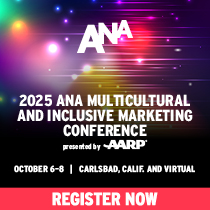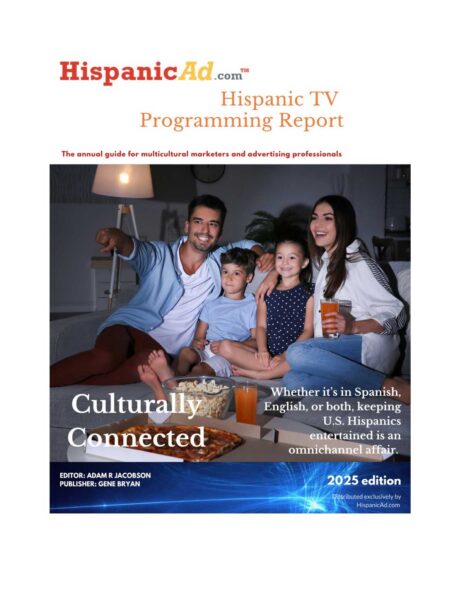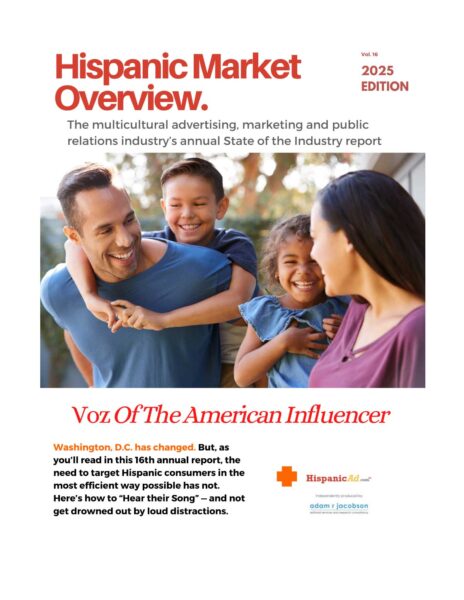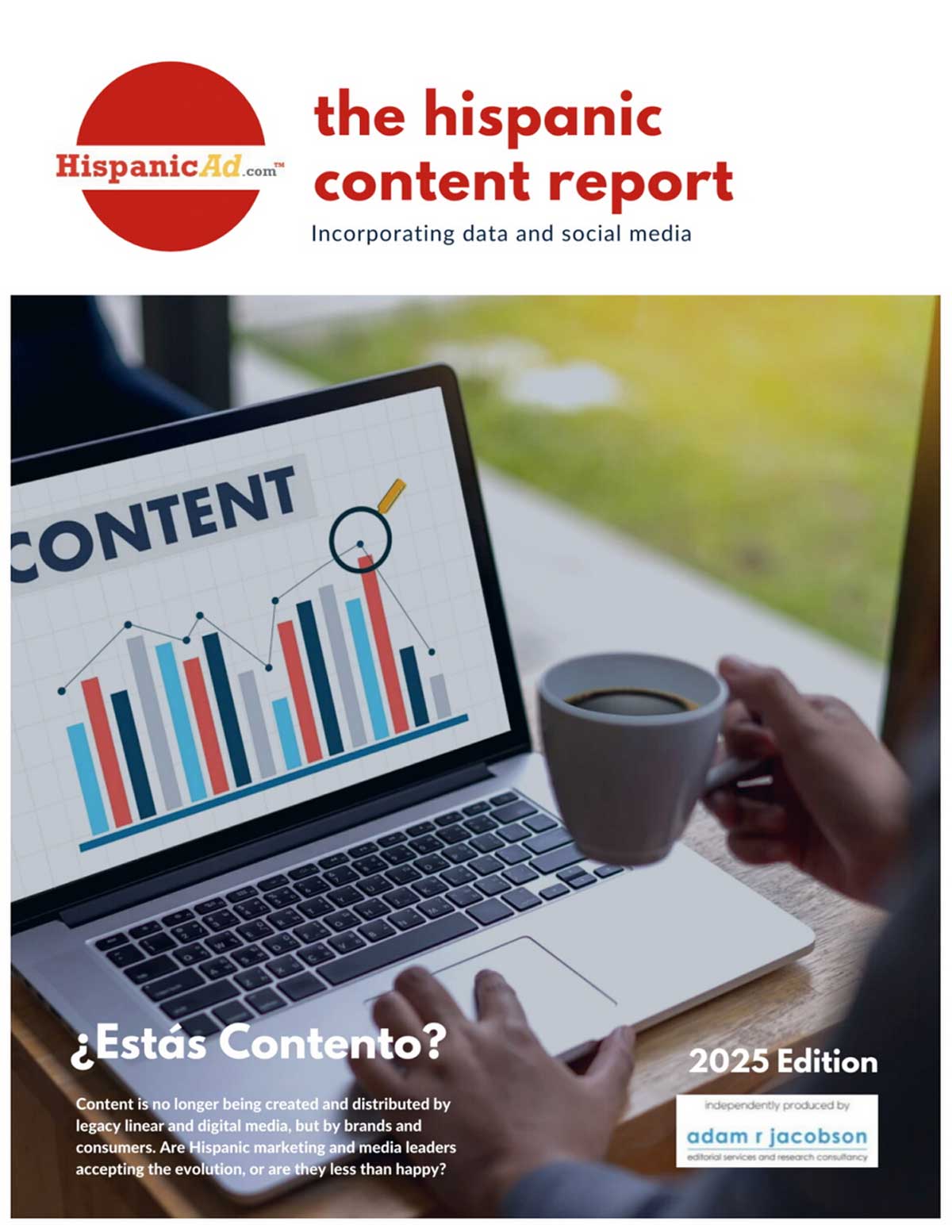Top News
Why Higher Ed CMOs Burn Out Fast

The chief marketing officer has become higher education’s newest indispensable hire. Presidents and boards increasingly expect their CMOs to fix declining enrollment, rebuild reputation, and even stabilize shaky fundraising pipelines while budgets shrink. As The Conversation recently reported, institutions are hiring more CMOs than ever because marketing is no longer viewed as optional. It is mission critical. By Jamie Ceman, Ed.D. - Two-time AMA Higher Ed Marketer of the Year | Ed.D in Change Management and Leadership
The World Cup Playbook Unlocking a $41 Billion Business Opportunity. [VIDEO]

Last month, alma brought together industry experts to talk all things 2026 World Cup and what it means for brands. In case you missed it, we’ve rounded up some of the top takeaways from the session.
Holiday Retail Survey [REPORT]

2025 marks the 40th year of the Deloitte Holiday Retail Survey, and the retail transformation over that time has been remarkable. Holiday shopping has shifted from crowded malls and print circulars to a world of omnichannel convenience, digital discovery, and artificial intelligence-powered tools. Yet one constant remains: The holidays are when consumer behavior reflects both the realities of the economy and the desire to celebrate.
“Advertising that sells”
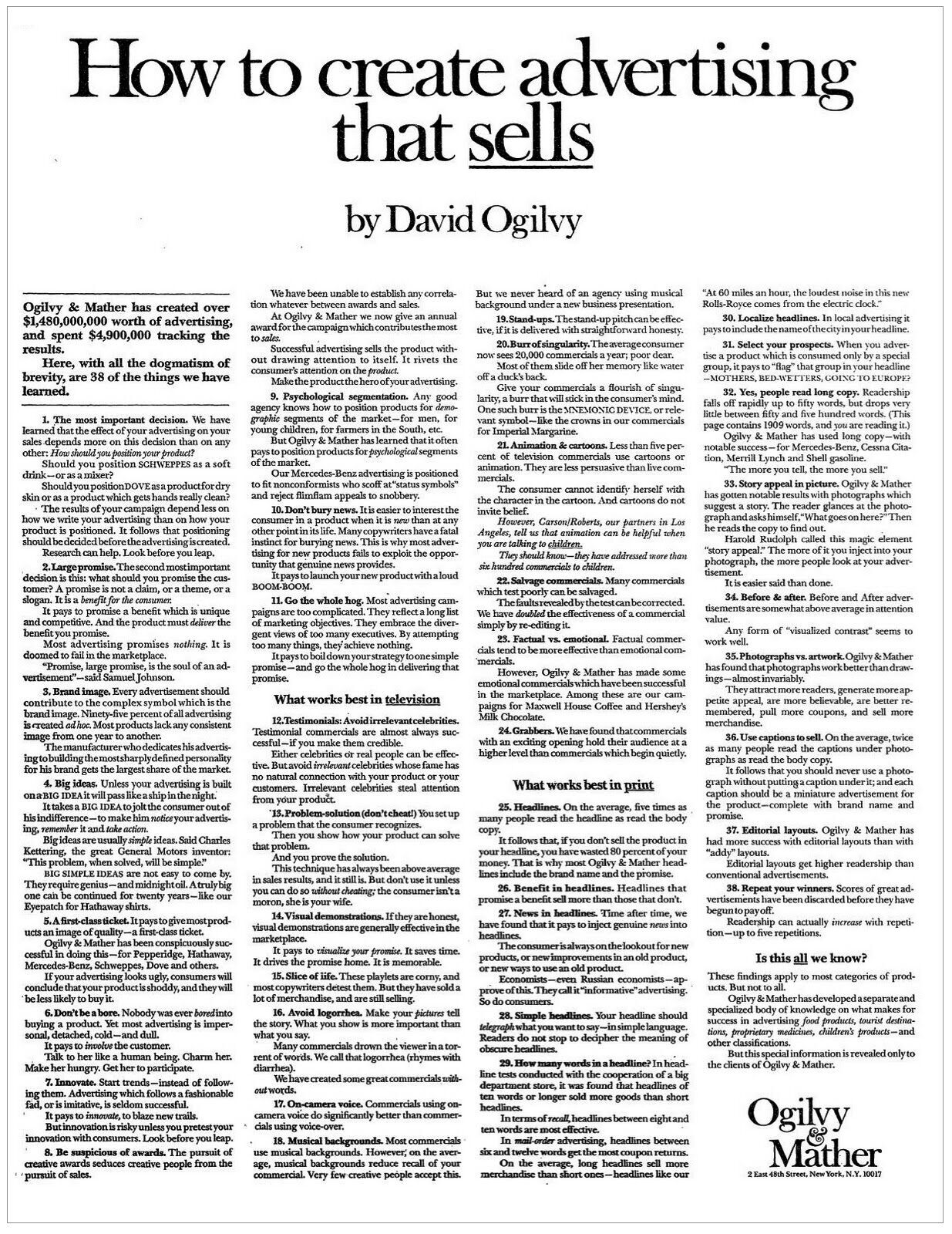
"Advertising that sells”. David Ogilvy (1911–1999) was “a British advertising tycoon, founder of Ogilvy & Mather, and known as the "Father of Advertising". He attributed the success of his campaigns to meticulous research into consumer habits.”
The Hidden Cost of an Empty Marketing Chair

“We’ll manage without a CMO for a few months. The CEO can oversee marketing temporarily. How much damage could six months really do?”
Casanova//McCann launches “CORRIDOS RESCUE CORRIDOS,” in support of LGBTQ+ YOUTH

Singer-songwriter Ivonne Galaz, known as the first woman to perform corridos tumbados, in partnership with creative agency Casanova//McCann, DLuna Music, and Universal Music Publishing Group, presents the powerful corrido “Nadie Sabe” , a musical piece inspired by a reality many are unaware of: 40% of homeless youth in the United States identify as LGBTQ+, and 17% are Latino.
How today’s consumers are spending their time and money [PODCAST]

People are spending more of their time alone and online. Gen Zers don’t feel financially secure but are willing to splurge. In their search for value, shoppers are buying smaller pack sizes or lower quantities of their preferred brands.
Mid-market marketers are turning to AI to gain a competitive edge as strong winds to growth prevail

A new study by WARC and Intuit Mailchimp presented by LIONS Advisory reveals marketing teams in mid-market companies are in transition in how they are leveraging AI as an “equalizer” that enables them to amplify their impact and give them a competitive edge.
Americans have mixed feelings about AI summaries in search results

Many search engines like Google or Bing now use artificial intelligence (AI) to provide users with short answers or overviews at the top of the page that are separate from traditional search results.
News Influencers Fact Sheet

News influencers on social media have become a popular alternative to traditional journalists and news organizations as a source of news for many Americans. This fact sheet looks at Americans’ experiences with news influencers on social media. Explore the patterns and trends below. 28% of Hispanics get their news from news influencers on social media.









